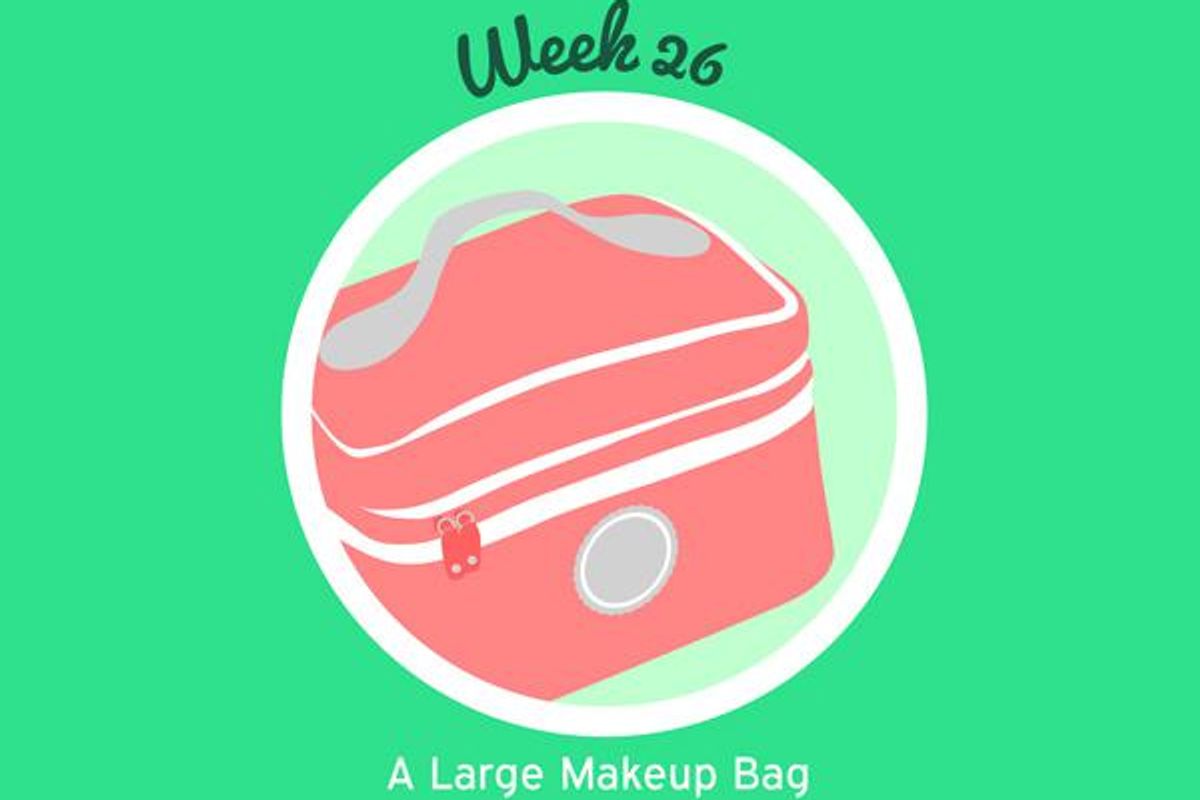If you've been noticing a lot of commotion going on inside your belly during your 26th week of pregnancy, you may be feeling your baby reacting to the sights and sounds that she's now able to detect.
Tip of the week:
As you continue to prepare for your child's birth, you may want to consider storing your baby's cord blood in a special banking facility. Cord blood contains hematopoietic stem cells, which can be used to treat blood diseases, immune system conditions and childhood cancers, such as leukemia. This makes it a valuable resource for parents concerned about certain conditions that could affect their child. Cord blood banking isn't cheap, nor is it a standard procedure, so you, your partner and your health care provider may want to discuss your child's risk of disease and whether this is an advisable, viable option for you. If you are interested in donating your baby's cord blood for research or to treat another child at no cost, contact your local American Red Cross chapter or review the National Marrow Donor Program's list of cord blood banks that take donations.
During this time, your child's auditory nerves are becoming advanced, meaning that she can hear all that talking and planning you and your partner are doing. Additionally, her eyes are just about fully formed, and while her lids are still fused shut, she can detect bright lights through your belly.
All of these new sounds and sights may cause her to jerk in reaction—and you may well feel it. In fact, it's likely that you'll frequently feel her kick, punch and tread against your stomach in upcoming weeks as she tests out her new abilities. Extra movement occurs because her arms and legs are nearing development, and her increasingly finely tuned nervous system is helping coordinate her thrusts and chops. If the movements become painful, change positions or gently press on your belly where you can feel her. This may give her the hint to practice her moves somewhere other than your ribs.
A good way to take your mind off any discomfort is to sign up for childbirth classes to learn about the birthing process and the many options you have for how you want your baby to be delivered. At these sessions, instructors will go over the signs of labor, what happens as your baby makes her way through the birth canal and postpartum care.
Additionally, you'll get the chance to talk about fears, learn about your pain-relief options and potentially build a social network with other women in your group. Moreover, these classes will allow your partner to become educated on pregnancy, birth and childcare.
You can look for childbirth classes at most hospitals and birthing centers, as well as online. Lamaze and the Bradley Method are two of the better-known types of childbirth classes, but there are many options, some suited for specific types of births, such as cesarean or multiple births. For more personal guidance, talk with your health care provider, insurance company or other mothers for recommendations.







